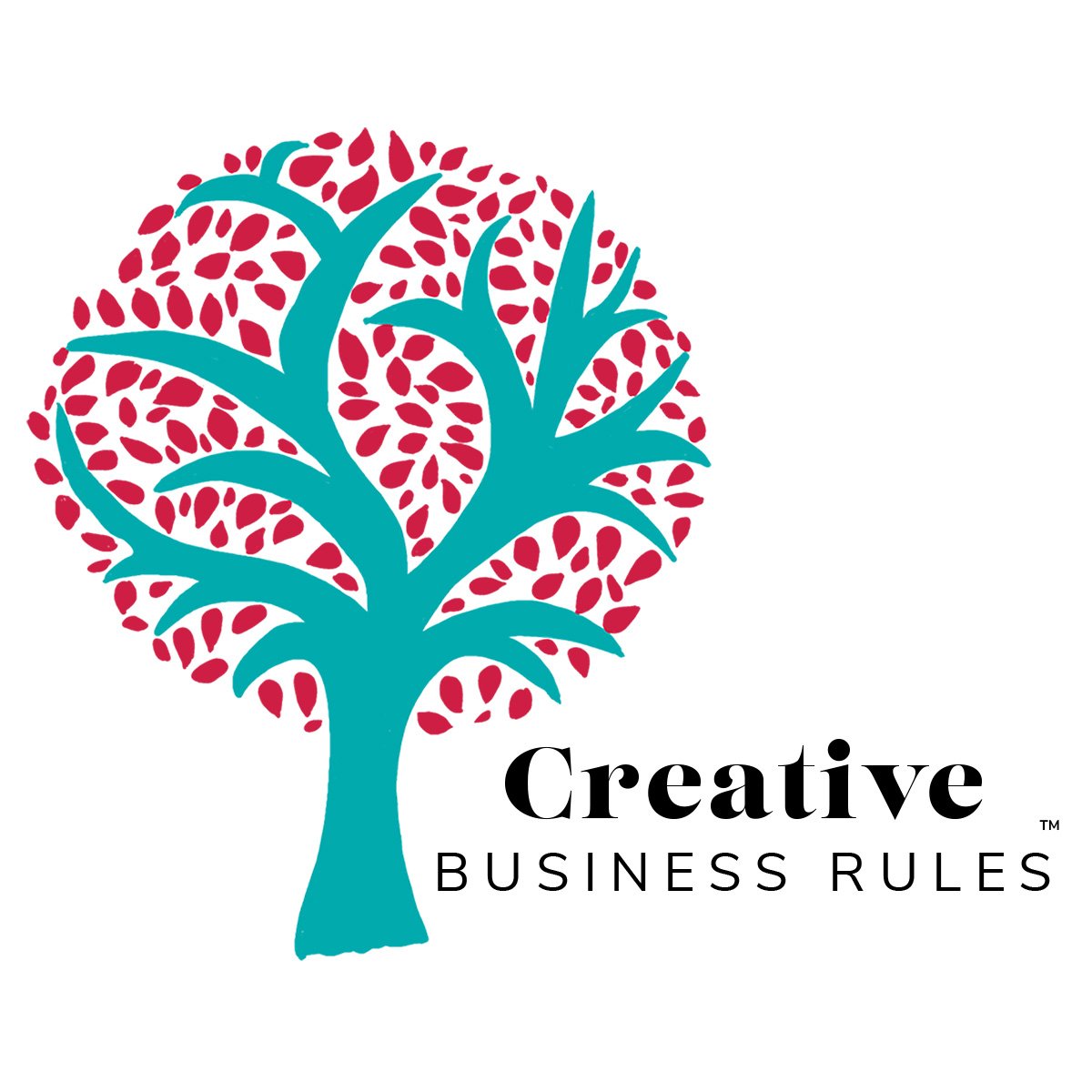Having a distinct and clear learning objective vs. learning outcomes makes the design process easier. In this post, I explain my perspective on what the difference is and my approach to developing learning objectives and learning outcomes.
Learning Design Tip: 3 Key Elements For a Successful Learning Experience
Learning Design Tip: Be Clear on “Why”
Creating A Quality Learning Experience Begins with Clear Learning Objectives
New Skillshare Channel Vision for 2018
I'm excited to announce that I've relaunched my Skillshare channel with a new focus and vision for 2018!
My mission and vision is to inspire you to learn new business skills and creative skills that you can apply to your work, business or just for fun.
I plan to achieve this by offering 3 "tracks" of classes as follows:
Career Success: Learn to be a Star at Work! These classes will focus on productivity tools, project management, change management and other business topics.
Tools You Can Use for Creative Business: These classes will focus on business strategies for the Creative Entrepreneur.
Creative Workshop: These classes will focus on design and crafting skills to enhance your creative mindset
Currently, I have launched 3 classes with more to come! Here's what's available now:
Creative Workshop Series:
Tools You Can Use for Creative Business Series:
Be sure to follow me on Skillshare to be notified when my new classes launch!
10 Steps to Launch an Effective Elearning Course
So you’ve been tasked with creating content and launching an new elearning course. Where do you begin? There is so much to do! You have to be clear on the learner expectations, understand and write engaging content with visual appeal, work with SMEs, coordinate with IT….ahhh...it can feel overwhelming. I know how you feel as I’ve been there!
As I am in the midst of creating and launching a new elearning course, I thought I would share with you the steps that I follow:
- Create a course outline. Be clear on the course objectives, goals and the end outcome you wish to achieve.
- Perform an elearning audience analysis - make sure you know who your learner is before you develop the course.
- Review the course outline you created in Step 1 - does it still match your learner audience based on the analysis you did in Step 2? Update as needed.
- Develop a storyboard that shows the screen design, layout and interactions that will occur on each page of the course. I create my storyboard in PowerPoint.
- As you create your storyboard, create a style guide. My storyboard usually begins with a style guide - I figure out right at the beginning the fonts I will use, the colors for titles, information text, callout captions, etc. I also figure out what colors and fonts I will use for buttons and any other user interactive features. The key is to be consistent with colors and fonts throughout your course.
- Decide what type of characters you will use, give them names and make them real! Based on your learner analysis you did in Step 2, pick characters that your learners will connect to. Again, be consistent with the characters you use throughout your course.
- Write the script for voiceovers and develop the course content. This step can actually be done concurrently while you create your storyboard.
- Build the course in your content authoring tool. I currently create all my courses in Articulate Storyline 360 and Articulate Rise.
- Test the course. Get feedback from colleagues and learners who will be taking your course.
- Hit publish and go live!
I would love to hear from you….what steps do you follow when creating an online course?
Elearning Audience Analysis
You’ve just been given a task to design a new elearning course for a sales training program. You’re really excited about incorporating some cool interactive features that you recently learned about. This is great! However, before you begin designing your course, it is important to understand who your learners are. This can be achieved by doing an elearning audience analysis.
Here’s what to include:
Who:
Describe who is the primary learning audience
Is there a secondary learning audience?
Purpose for their learning:
Is this a required training for compliance reasons or is it skills based training?
Audience demographics:
Age – what is the average age of the learners
Gender – are the learners male, female more an equal mix
Educational background – high school graduate, college degree
Ethnic background – what is the cultural background of your learner audience.
Existing Knowledge
Are there existing training material on this topic?
What is the learner experience level with this topic?
What is the learner reading level?
What tone, voice and attitude is best for this audience?
Content design
What language and writing style is best for your learner?
What level of participation do you expect?
How much time can your learners devote to training?
Do your learners have special needs (visual, audio or physical impairments)?
Technical
What LMS does the company use (if they have one)?
How will they access the course (desktop, mobile, laptop)?
Is IT support available to help with technical issues?
Once you have a thorough understanding of your learner audience, it will be easier to plan your content and add interactive features that will resonate with your audience to make learning fun, engaging and relevant!




